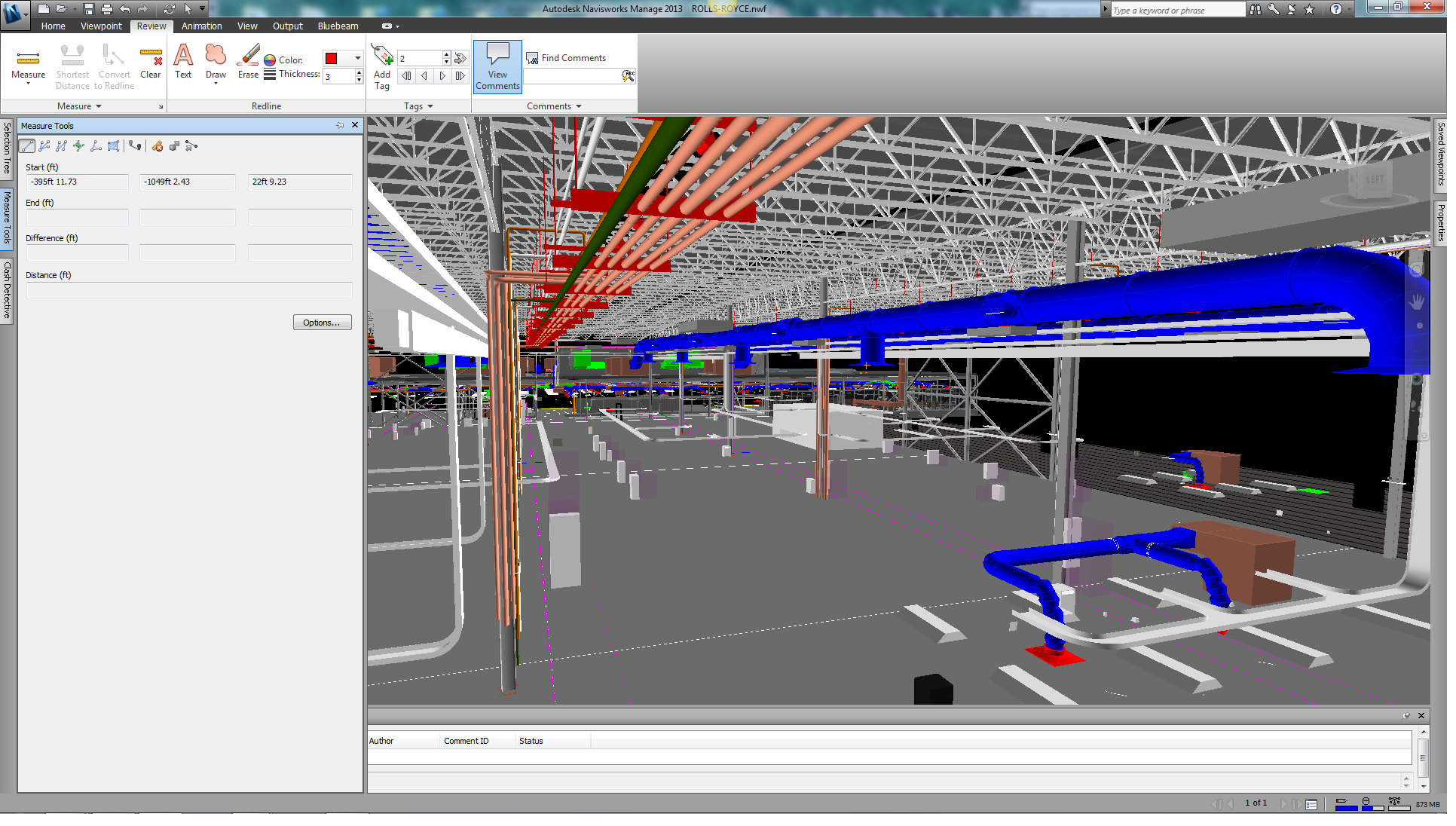There are a few things that all modern engineers should have that I've found to be indispensable.
* A good quality, durable digital camera. Modern digital cameras have gotten so good, so cheap, and its by far the best way to bring ground truth into the office. You can take photos of meters and instruments, as-built layouts, clashes, ... They are just so damned handy.
I personally keep an Olympus Tough. They make a few different types, one upmarket one with a ~50-mm lens, one older point and shoot, and one that's video/action-cam oriented. The Olympuses don't take quite as nice a photo as my old Canon, nor do they have a great interface, but they are 'bludgeon-someone-to-death-with-it' durable and cheap enough where it won't hurt too much if it gets crunched by a bulldozer.
Another key to digital cameras over cell phones is that often folks are more comfortable with you taking more photos; smartphones, because they are linked to the internet for quick uploads, can make people uncomfortable in certain situations. Point and shoots you can snap away and it always seems like you want more photos than you took when you get back to the office.
* Navisworks.

As design becomes fully 3D, 4D, (and more D's are added by marketing departments), a tool like Navisworks becomes invaluable. Navisworks is a lightweight, very easy to use, very powerful model rendering space. Navisworks Freedom is completely free and is good enough for viewing. Navisworks Simulate and Manage require licence fees, but they are lower than competing products while being much better.
I have also seen some construction sites getting very creative with it. I've seen folks using Navisworks models loaded onto tablets (that worked OK; durability and interface being somewhat limited) and using Job-Boxes with computers inside (that one being pretty nifty). Construction downtime is VERY expensive and companies are being creative in minimizing it.
I have also seen some construction sites getting very creative with it. I've seen folks using Navisworks models loaded onto tablets (that worked OK; durability and interface being somewhat limited) and using Job-Boxes with computers inside (that one being pretty nifty). Construction downtime is VERY expensive and companies are being creative in minimizing it.
* Adobe Acrobat. By that, I mean a FULL version of Adobe. Acrobat can do clean markups of drawings, it can combine drawing sets into a single binder, and, my personal favorite, make drawings text-searchable. If you want to find 1 line to revise in a giant pack of drawings, hit control-F, search for a line number, and find the impacted drawings. Adobe Acrobat, when used to create text-searchable PDF's of legacy DWG's can unlock a huge amount of data that's been input and not being fully utilized. Legacy DWG files can be filled with nameplate data, horsepower, model numbers, ... There's a lot you can do with such a simple program if you are creative in how you use it.
One more little random sidenote: AVEVA acquires rights to EDD, PDMSi from Shell dated 8 Feb 18.
Another note about working efficiently: one of the biggest changes over the last 10 years is the accelerating use of "High Value Engineering Centers" / "Low Cost Engineering". It's been forcing EPC's into a "race to the bottom", degrading the quality of deliverables (one of the reasons why I think Construction sites are getting more and more creative), and a host of other problems. Many EPC's are performing poorly financially (I've heard of margins as low as 5 or 6%, which, when you consider risk and difficulty, is pathetic) and only being kept afloat by industry consolidation (CB&I being gobbled up by McDermott being just one example of cheap access to capital being used to reduce competition instead of build value). In design, the best way to work is to do things exactly once; rework, especially late in the game, destroys budgets and schedules. If you can create an environment where you always have what you need (other discipline's deliverables, vendor data, site conditions) at your fingertips, you've got the best chance to design it right the first time. There's definitely room for improvement.
Nothing beats a small reference book. For years I carried the Cameron Hydraulic Manual all over the world. Lots of good stuff when commissioning or trouble shooting systems.
ReplyDeleteAlso, engineers need to go back to the basics of project management as taught by the Construction Industry Institute. LCE isn't low cost work if the Project Definition Index is bad.
ALL LOAN SERVICES AVAILABLE
ReplyDeleteCommercial Loans
Personal Loans
Business Loans
Investments Loans
Development Loans
Acquisition Loans
Construction loans
Business Loans And many More:
Contact Us At : urbansuccessfundings@gmail.com
LOAN APPLICATION FORM:
Full Name:................
Loan Amount Needed:.
Purpose of loan:.......
Loan Duration:..
Gender:.............
Marital status:....
Location:..........
Home Address:..
City:............
Country:......
Phone:..........
Mobile / Cell:....
Occupation:......
Monthly Income:....
Website You Heard About Us?......
Contact Us At : urbansuccessfundings@gmail.com
Do you need Finance? Are you looking for Finance? Are you looking for finance to enlarge your business? We help individuals and companies to obtain finance for business expanding and to setup a new business ranging any amount. Get finance at affordable interest rate of 3%, Do you need this finance for business and to clear your bills? Then send us an email now for more information contact us now via (financialserviceoffer876@gmail.com) whats-App +918929509036 Dr James Eric Finance Pvt Ltd Thanks
ReplyDelete